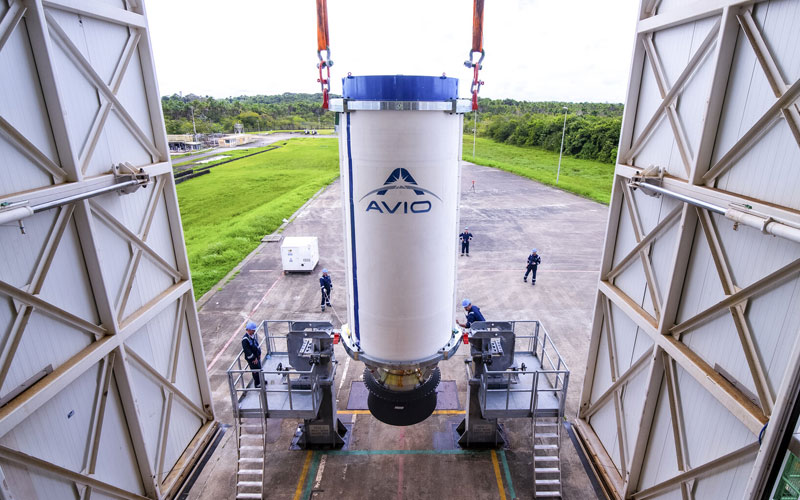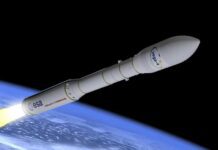
An investigation launched following a failed Vega C second stage test has identified the design of the nozzle as the cause of the failure.
In December 2022, the first commercial flight of Vega C failed. An Independent Inquiry Commission into the failure found that the Zefiro 40 (Z40) second stage’s nozzle insert was to blame. The commission recommended the use of a new nozzle insert sourced from ArianeGroup. However, on 28 June, a test to recertify the stage for flight failed.
On 2 October, ESA published the results of the investigation into what caused this second failure. According to the agency, “the current design of the nozzle” but more specifically, “the combination of the geometry of the Carbon-Carbon throat insert and the different thermo-mechanical properties of the new material” were the root cause of the failure.
The commission has outlined a number of recommendations to recertify the Z40 stage for flight. These recommendations include improving the design of the nozzle and performing two additional test firings of the stage to verify the performance of the new design.
A task force steered by ESA, the launch system qualification authority, and Avio, the design authority and prime contractor, has been created to implement the recommendations. The aim is to have the vehicle ready to return to flight by the fourth quarter of 2024.
On the question of who will foot the bill for the redesign, the answer appears to be ESA. This is despite the fact that Avio recently announced a record-high cash position of over €100 million, largely driven by public funding for technology development projects.
“ESA considers the return to flight of Vega-C a strategic priority to secure Europe’s independent access to space and will support the necessary efforts drawing from already available resources,” explained an agency press release.
Even if Vega C is returned to flight in late 2024, which appears to be an ambitious goal, it will certainly be an uphill battle to regain any trust in the launch vehicle’s reliability.




